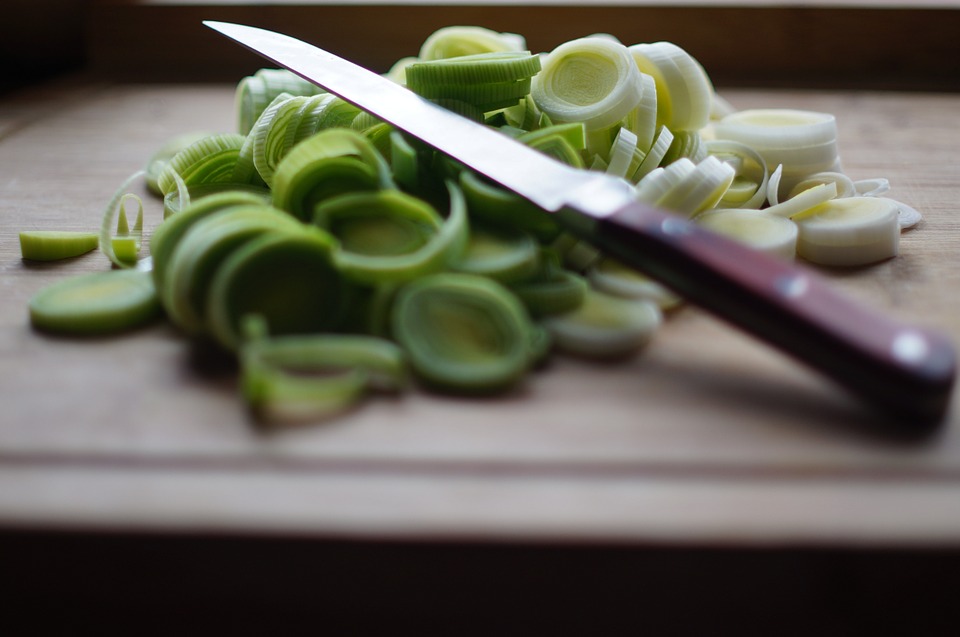
Photo via Pixabay
The day will come when you will have to explain and introduce basic kitchen safety habits to your kids, who are quickly outgrowing all kinds of family rules. This is necessary if you want to have safety-conscious kids who firmly understand the notions and consequences of dangerous kitchen habits versus safe habits.
Where do you start when it comes to imparting what you naturally seem to know about using the kitchen? First, brush your nerves aside about seeing your children using knives and handling stoves and ovens. Focus your energy instead on teaching clear and didactic lessons on kitchen gear use. While they may already have a strong grasp of what to do by having watched you over the years, certain tasks, such as handling a hot skillet, are best learned under the watchful eyes of an adult.
That said, here are our top eight food and kitchen safety rules for your children.
4 Key Food Safety Tips for Kids
- Set a firm house rule of always washing hands before and after food prep, especially when handling eggs and raw meat. Paint a fun Boogeyman picture of the role germ contamination in food plays in spreading the chills and ills. And study up on best kitchen practices of how to prevent food-borne disease from spreading in the kitchen. You want facts and knowledge to back up your family lessons in the kitchen, right?
- Ideally using a vegetable brush, show them how meticulous they should be in washing all fruits and vegetables before food prepping. Even fruit with a rind shouldn’t be spared a thorough washing because harmful microorganisms might reside on the rind surface, “contaminating” a knife as it slices into the fruit.
- Still somewhat awkwardly mind-body coordinated, children are especially prone to pointing sharp knives in haphazard directions, if not properly guided by an adult on how to handle the sharp instruments. For safety’s sake, teach them how to always cut away from their bodies and how to safely hold a knife and use it properly.
- Similarly, show your kids how to open and remove a lid of a heated pot or pan on the stove properly, by moving it away from themselves and others, instead of toward them. To help them understand how heat travels, direct their hands toward the upper plume of the emitted steam (where it doesn’t hurt) so that they feel the heat of the steam. Teach them that the closer they expose flesh to the source of the steam, the more pain they will feel. In addition, because everybody will burn or scald themselves by accident on occasion, be sure to instruct them on how to properly treat major and minor burns.
4 Key Kitchen Safety Tips for Kids
- Make it clear to your children that they should never leave an actively cooking meal on the stove top unattended or unwatched. Explain that the contents in the pot may boil over, create a mess, burn someone, or even lead to a kitchen fire.
- Instruct your kids to never leave kitchen utensils in an actively cooking pot or pan. Metal ones may become too hot to handle, while the plastic ones may melt in the hot food.
- Explain to your children what a fire extinguisher is, how it works, and at what distance to hold the contraption when extinguishing a fire in the kitchen or in any other part of the house. Be sure to come up with a Plan B in case the extinguisher doesn’t work. (This usually entails quickly leaving the home and notifying the fire department while safely waiting outside.)
- Demonstrate what an activated smoke detector sounds like so that your kids understand what the sound means and what procedure they should follow after the alarm goes off. Be sure that all fire detectors in your home are functioning well and with enough battery power, so that all potential fires are immediately detected.
In Conclusion
These eight food and kitchen safety tips are useful guidelines for how to organize your kitchen equipment safety lessons. Reinforce them consistently so that your kids pick up these good kitchen habits for life.
